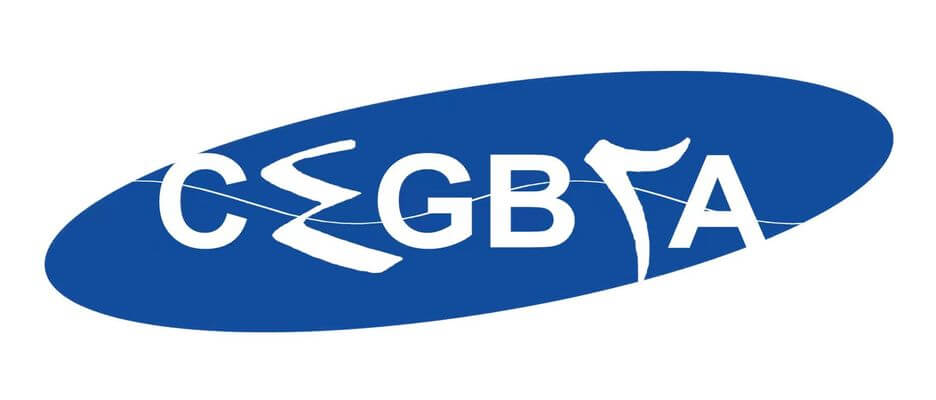Continent-wide declines in shallow reef life over a decade of ocean warming
Human society is dependent on nature1,2, but whether our ecological foundations
are at risk remains unknown in the absence of systematic monitoring of species’
populations3. Knowledge of species fuctuations is particularly inadequate in the
marine realm4. Here we assess the population trends of 1,057 common shallow reef
species from multiple phyla at 1,636 sites around Australia over the past decade. Most populations decreased over this period, including many tropical fshes, temperate
invertebrates (particularly echinoderms) and southwestern Australian macroalgae, whereas coral populations remained relatively stable. Population declines typically
followed heatwave years, when local water temperatures were more than 0.5 °C above temperatures in 2008. Following heatwaves5,6, species abundances generally tended to decline near warm range edges, and increase near cool range edges. More than 30% of shallow invertebrate species in cool latitudes exhibited high extinction risk, with
rapidly declining populationstrapped by deep ocean barriers, preventing poleward retreat as temperatures rise. Greater conservation efortis needed to safeguard
temperate marine ecosystems, which are disproportionately threatened and include species with deep evolutionary roots. Fundamental among such eforts, and broader societal needs to efciently adapt to interacting anthropogenic and natural pressures, is greatly expanded monitoring of species’ population trends7,8

